Ashton Villa: A Historical Landmark in Galveston, Texas
Nestled at the corner of 24th and Broadway in Galveston, Texas, Ashton Villa stands as a testament to the rich history and architectural grandeur of the 19th century.
Constructed in 1859 by the prominent hardware merchant and banker James Moreau Brown, this Victorian Italianate mansion was one of the first brick structures in Texas, built using a combination of slave labor and skilled European artisans.
Its design, influenced by architectural pattern books of the time, showcases deep eaves, long windows, and ornate verandas crowned with cast iron lintels.
Ashton Villa reflects the wealthy lifestyle of the pre-Civil War era and holds a significant place in American history, particularly during the Civil War and the Juneteenth celebrations.
It served as the headquarters for the Confederate Army and briefly for the Union Army, playing a pivotal role in the events of the Civil War in Texas.
Beyond its historical significance, Ashton Villa has become a symbol of resilience, having withstood the devastating 1900 hurricane. Today, it remains a focal point in Galveston, offering a glimpse into the past and things to do in Galveston, Texas.
The Architectural Marvel of Ashton Villa
Victorian Italianate Style and Design
Ashton Villa, a hallmark of Victorian Italianate architecture, was a groundbreaking project in 1859, setting a precedent in Galveston's architectural landscape.
This style, characterized by its deep eaves, long arched windows, and ornate verandas, was a departure from the prevalent architectural trends in Texas at the time.
Inspired by pattern books popular in that era, the villa's design was a fusion of European elegance and American innovation.
The intricate cast iron lintels that adorn the verandas were likely sourced from local foundries, reflecting the burgeoning industrial capabilities of the region.
Construction Process and Craftsmanship
The construction of Ashton Villa marked a significant achievement in the building techniques of the period.
The bricks, a defining feature of the villa, were a novelty in Galveston's predominantly wooden architectural scene.
The construction process, overseen by James Moreau Brown, was meticulous, ensuring the villa's endurance against the humid Gulf Coast climate and severe weather conditions.
Unique Features and Innovations
Ashton Villa's architectural significance is further accentuated by its unique features. The thirteen-inch-thick brick walls, a rarity at the time, were a structural innovation and a strategic choice to combat the Gulf's humidity.
The central hall floor plan, around which the interior was designed, was both functional and fashionable, catering to the social etiquettes of the era.
The villa's grandeur reflected Galveston's prosperity and James Moreau Brown's status in the society of the time.
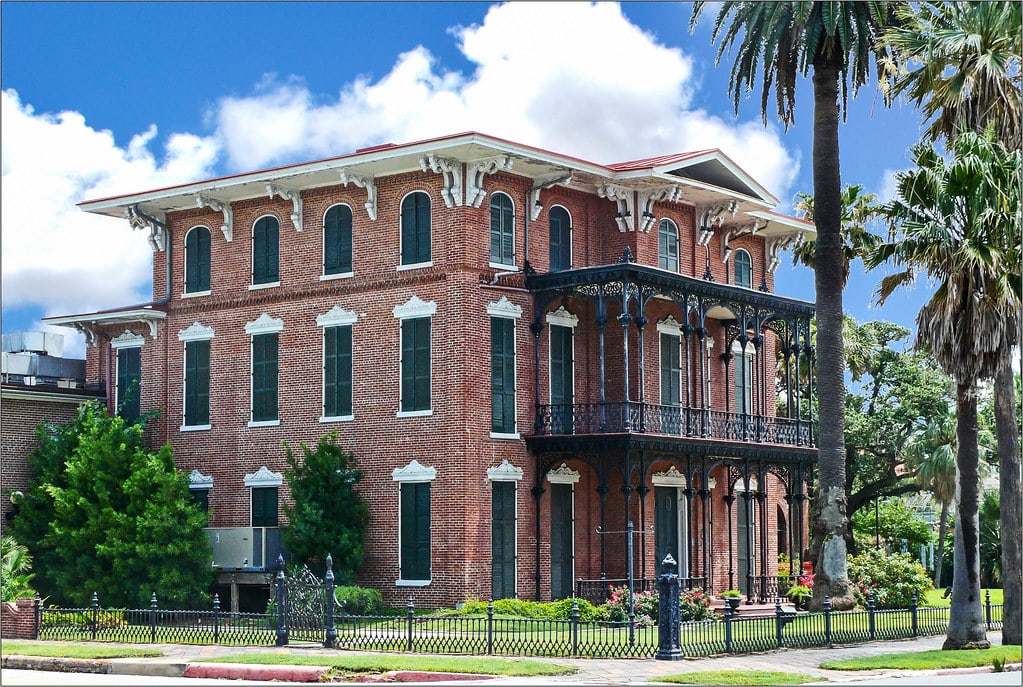
Ashton Villa in the Civil War
Headquarters for the Confederate Army
During the tumultuous years of the American Civil War, Ashton Villa assumed a critical role, serving as the headquarters for the Confederate Army.
Its strategic location and robust construction made it an ideal choice for military operations. From 1861, the villa witnessed key decisions and events that shaped the course of the war in Texas.
The presence of high-ranking Confederate officials within its walls underscored its importance in the Southern war effort.
Union Army's Brief Occupation
In the fall of 1862, a pivotal moment in the villa's history occurred when Galveston fell into the hands of the Union Army. Ashton Villa, then, briefly served as the Union headquarters.
This period, although short-lived, was significant as it represented a shift in control and power, reflecting the ebb and flow of the Civil War in the region.
The Battle of Galveston and Its Impact
The Battle of Galveston in January 1863 marked a decisive moment for Ashton Villa and the city.
In a strategic operation, the Confederate forces reclaimed Galveston, and with it, Ashton Villa resumed its role as the Confederate headquarters.
This battle not only altered the military dynamics in Texas but also reinstated Ashton Villa's position as a symbol of Confederate resilience and strategic importance.
Juneteenth and Ashton Villa
The Historical Significance of June 19, 1865
June 19, 1865, marked a pivotal moment in American history, particularly for Ashton Villa and the state of Texas.
On this day, Union Major General Gordon Granger arrived in Galveston, bringing the news of the Emancipation Proclamation and the end of the Civil War.
This event, which took place over two years after President Lincoln's proclamation, signaled the liberation of enslaved people in Texas.
Ashton Villa, a prominent structure in Galveston, was closely tied to these historic events, symbolizing a new era in American history.
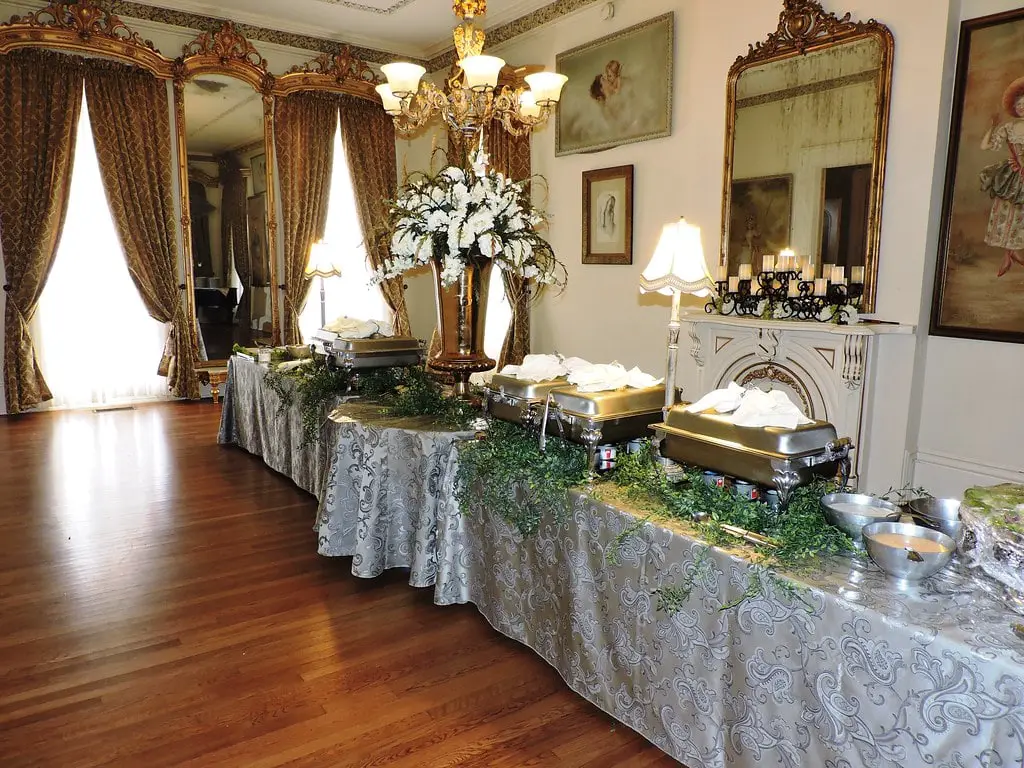
Juneteenth Celebrations at Ashton Villa
Ashton Villa played a significant role in the Juneteenth celebrations that followed the historic announcement.
The villa, known for its grandeur and significance, became a backdrop for the jubilation and festivities that marked this momentous occasion.
Juneteenth celebrations have evolved, but the essence of freedom and equality they represent remains deeply connected to Ashton Villa's legacy.
The villa has since been a focal point for annual Juneteenth events, drawing visitors and historians alike to commemorate this crucial chapter in American history.
The Legacy of Al Edwards and the Annual Prayer Breakfast
The legacy of Juneteenth at Ashton Villa is further enriched by the contributions of Al Edwards, a Texas State Representative, who played a pivotal role in making Juneteenth a paid state holiday.
In 2006, a statue of Edwards was dedicated on the grounds of Ashton Villa, symbolizing his efforts and the significance of Juneteenth.
The annual prayer breakfast, initiated by Edwards in 1979, continues to be hosted at Ashton Villa, reminding us of the ongoing struggle for equality and the importance of remembering the past.
Surviving the 1900 Storm
The 1900 Hurricane and Its Impact on Galveston
In 1900, a catastrophic hurricane hit Galveston, ranking as one of the most lethal natural disasters in the history of the United States.
The storm devastated the city, altering its landscape and community forever. Ashton Villa, however, stood as a testament to its sturdy construction and strategic design.
The villa's thick brick walls and robust architecture enabled it to withstand the fierce winds and surging waters, serving as a shelter to the surviving members of the Brown family and others in the community.
The Aftermath and Preservation Efforts
Following the hurricane, Galveston underwent significant changes, including raising the city's grade to prevent future flood damage.
Ashton Villa's basement was filled with sand, and the surrounding grounds were elevated, reflecting the city's resilience and adaptability.
These preservation efforts saved Ashton Villa from future disasters and symbolized the community's commitment to protecting its historical landmarks.
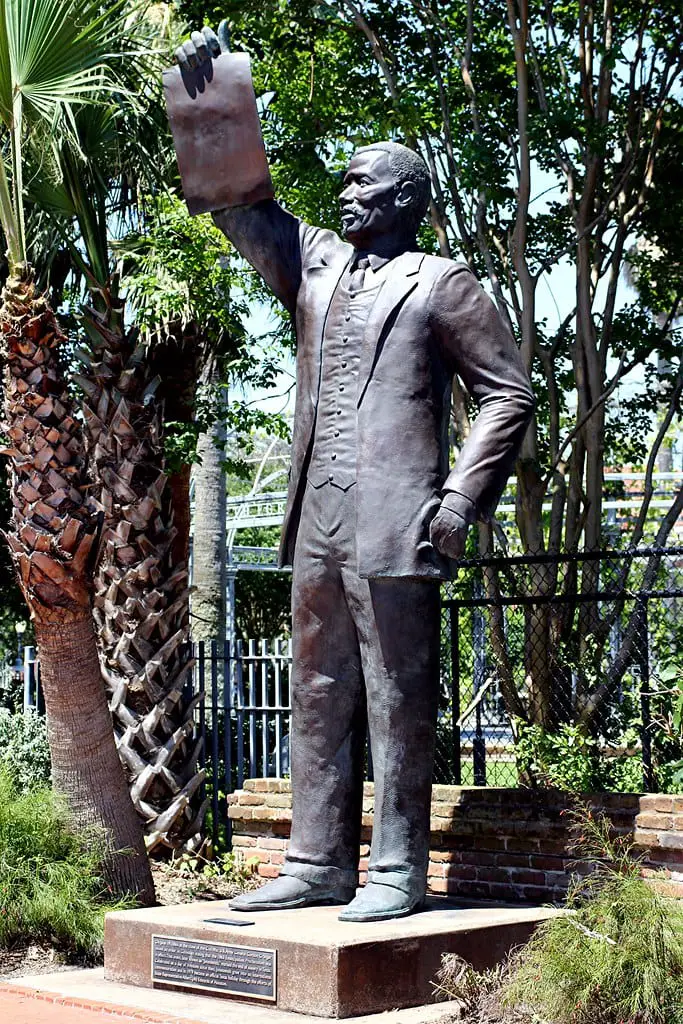
Ashton Villa as a Symbol of Resilience
The survival of Ashton Villa through the 1900 storm has since become a symbol of resilience and endurance.
It is a reminder of Galveston's ability to withstand and recover from natural disasters, embodying the city's and its people's spirit.
The villa's history, marked by its architectural significance and its survival of the 1900 hurricane, continues to inspire and attract visitors, historians, and locals alike, who see a story of strength and perseverance.
Preservation and Restoration Efforts
The Transition to El Mina Shrine
In 1927, a significant chapter in Ashton Villa's history unfolded when it was sold to the El Mina Shrine, a Masonic order.
This transition marked a new era for the villa, as it was repurposed to serve as a business office and a meeting hall for the organization.
The El Mina Shrine maintained the villa with minimal alterations, preserving its historical integrity and architectural essence.
This period of stewardship by the Masonic order played a crucial role in safeguarding the villa's legacy for future generations.
Galveston Historical Foundation's Role
The fate of Ashton Villa took a positive turn in 1970 when it faced the threat of demolition. The Galveston Historical Foundation, recognizing the villa's historical significance, spearheaded a campaign to save it.
They successfully raised $125,000, approximately $730,560 in today's value, to purchase the property.
This initiative began a comprehensive restoration and refurbishment process, which saw the return of many original furnishings and artworks, reinstating the villa's 19th-century grandeur.
The Villa's Rebirth as a House Museum
After four years of meticulous restoration, the Galveston Historical Foundation reopened Ashton Villa 1974 as a house museum.
This transformation allowed the public to explore and appreciate the villa's historical and architectural significance.
The opening of Ashton Villa as a museum played a pivotal role in Galveston's cultural landscape, offering a tangible connection to the city's past and serving as a venue for educational and cultural events.
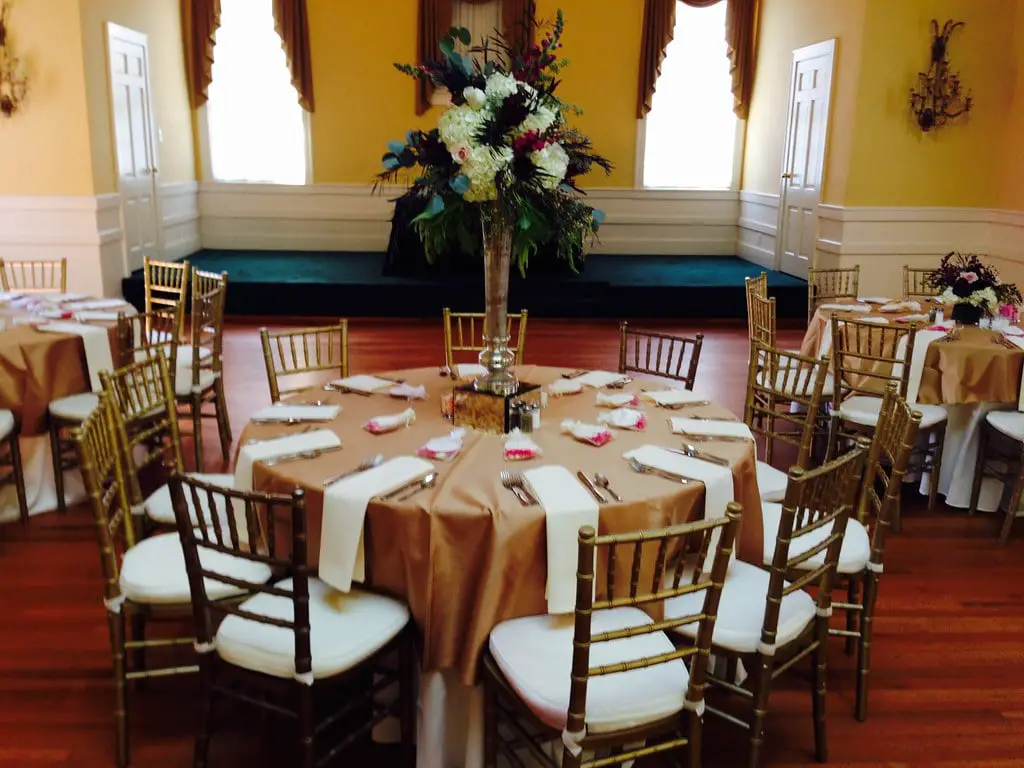
Ashton Villa Today
Current Use and Community Engagement
As of 2024, Ashton Villa has evolved beyond its historical roots, serving the community in various capacities.
While it is no longer open for public tours, the villa's first floor is available for private bookings, hosting events such as weddings and corporate gatherings.
This adaptive reuse has given Ashton Villa a new lease on life, ensuring its continued relevance and maintenance.
The villa remains a cherished landmark in Galveston, frequently used for community events and private functions.
Recent Restoration and Challenges
Recent years have seen Ashton Villa face new challenges, particularly after Hurricane Ike in 2008.
The initial level of the building was engulfed in over 18 inches of water, leading to the need for a subsequent round of restoration efforts.
These efforts underscore the ongoing commitment to preserving Ashton Villa's historical integrity in the face of natural disasters.
The villa's resilience and the community's dedication to its preservation continue to be a source of pride for Galveston.
Recognition and Historical Status
Today, Ashton Villa stands proudly as a listed entity on the National Register of Historic Places and is recognized as a Recorded Texas Historic Landmark.
These designations honor the villa's architectural and historical significance and ensure its protection and preservation for future generations.
With its rich history and enduring legacy, Ashton Villa remains integral to Galveston's heritage, attracting visitors and history enthusiasts worldwide.
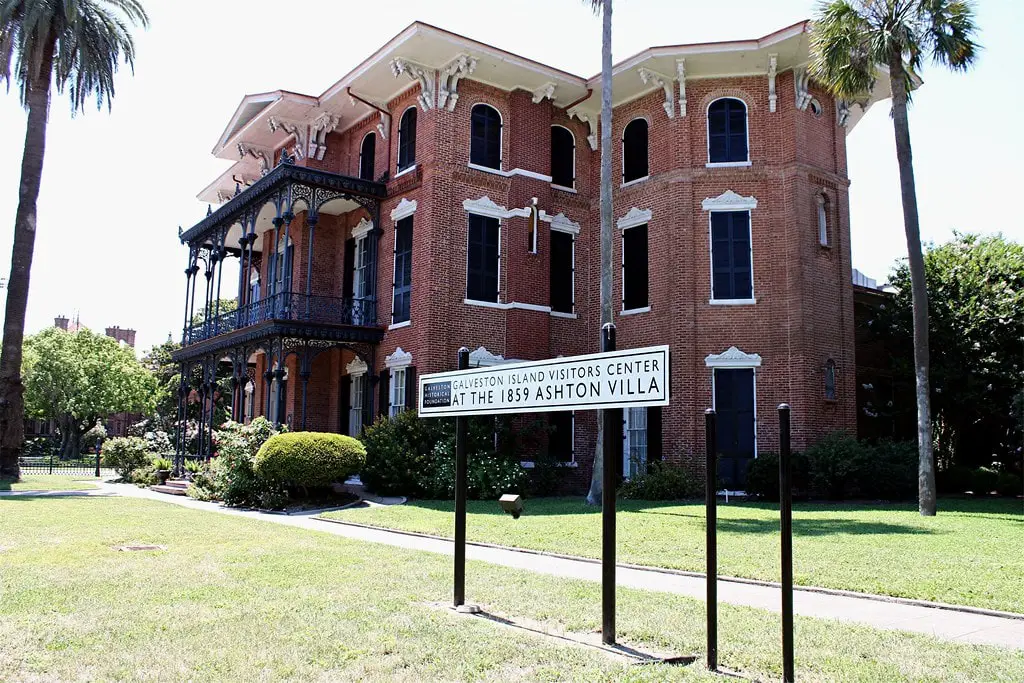
Ashton Villa's Enduring Legacy
A Testament to History and Resilience
With its storied past and architectural grandeur, Ashton Villa is a beacon of history and resilience in Galveston, Texas.
From its inception in 1859 to its current status as a historical landmark and museum, the villa has witnessed and adapted to significant chapters in American history.
Its survival through the Civil War, the 1900 hurricane, and various ownership changes speaks volumes about its enduring significance.
Cultural and Educational Impact
Today, Ashton Villa is more than just a historical structure; it's a dynamic space that educates and inspires.
The transformation of its carriage house into the Juneteenth Museum is a testament to its ongoing relevance in contemporary society.
This museum not only preserves the legacy of Juneteenth but also serves as a platform for dialogue and understanding about the African American experience in Texas.
Preserving for Future Generations
Ashton Villa's journey from a family residence to a symbol of historical and cultural importance highlights the need to preserve such landmarks.
Its story reminds us to safeguard our historical heritage for future generations. Ashton Villa continues to stand proudly, not just as a relic of the past but as a living, evolving testament to the rich tapestry of American history.
